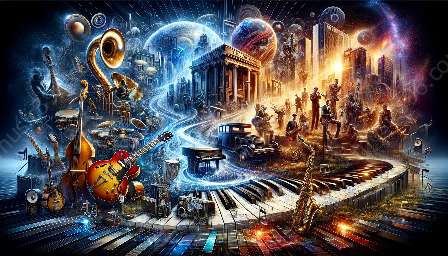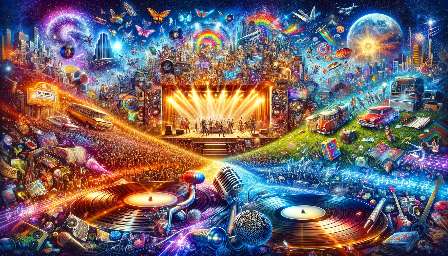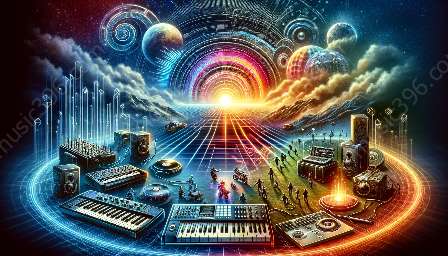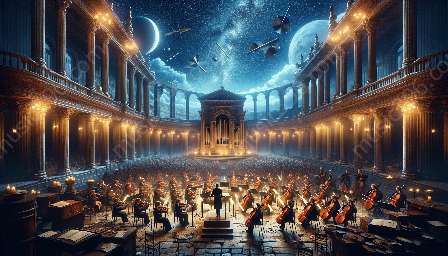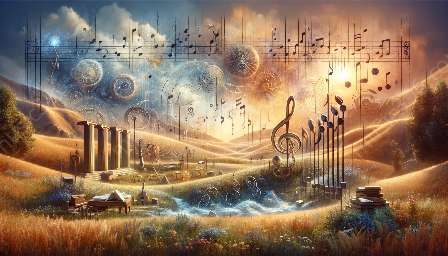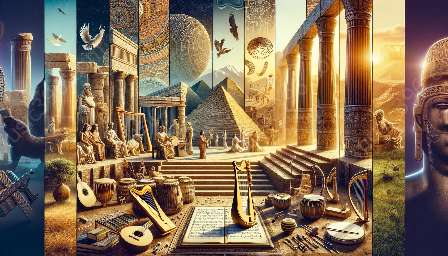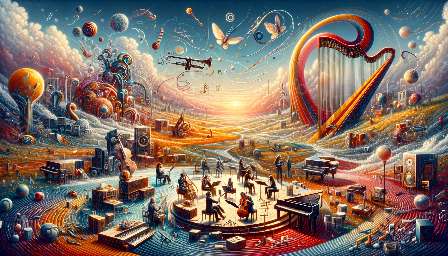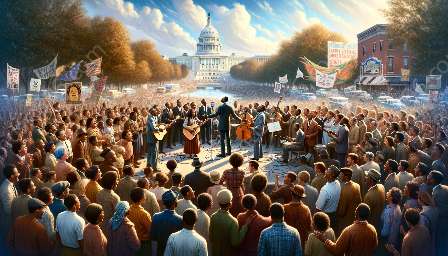As music entered the 20th century, a revolutionary shift occurred, leading to the emergence of atonality, a new language of music that redefined traditional tonal structures and composition.
At the heart of the new era of atonality was an exploration of dissonance, expression, and the rejection of established harmonic conventions. This marked a pivotal moment in the history of music, challenging composers and listeners to embrace a bold and innovative approach to musical composition.
The Birth of Atonality
At the turn of the 20th century, composers such as Arnold Schoenberg, Alban Berg, and Anton Webern began to break away from the confines of tonal harmony, seeking new means of musical expression that transcended traditional rules and constraints. Atonality, characterized by the absence of a key or tonal center, became a central focus in their compositions, marking a departure from the harmonically driven music of the past.
Influence on Musical Expression
The era of atonality ushered in a new language of music, allowing composers to explore uncharted territories of emotion, tension, and dissonance. The rejection of tonality opened the door to innovative compositions that prioritized raw expression and the full spectrum of harmonic possibilities, providing a platform for unbridled creativity and experimentation.
Impact on 20th Century Music
The impact of atonality reverberated throughout the 20th century, influencing a wide range of musical genres and movements, from classical avant-garde to jazz and beyond. The bold departure from traditional tonality sparked debates, controversies, and ultimately, a new way of listening to and understanding music.
- Atonality in Classical Music: The works of Schoenberg, Berg, and Webern reshaped the landscape of classical music, laying the groundwork for serialism and the twelve-tone technique, which further pushed the boundaries of traditional tonality and structure.
- Jazz and Atonality: The era of atonality also made its mark on jazz, with musicians embracing dissonance, unconventional harmonies, and free-form improvisation as part of their artistic expression, contributing to the evolution of the genre.
- Legacy and Continuity: The legacy of atonality continues to inspire contemporary composers and artists, serving as a testament to the enduring impact of this revolutionary era on the history of music.
The era of atonality stands as a testament to the boundless creativity and innovation that drives the evolution of music, forever reshaping the way we perceive and experience musical expression.






